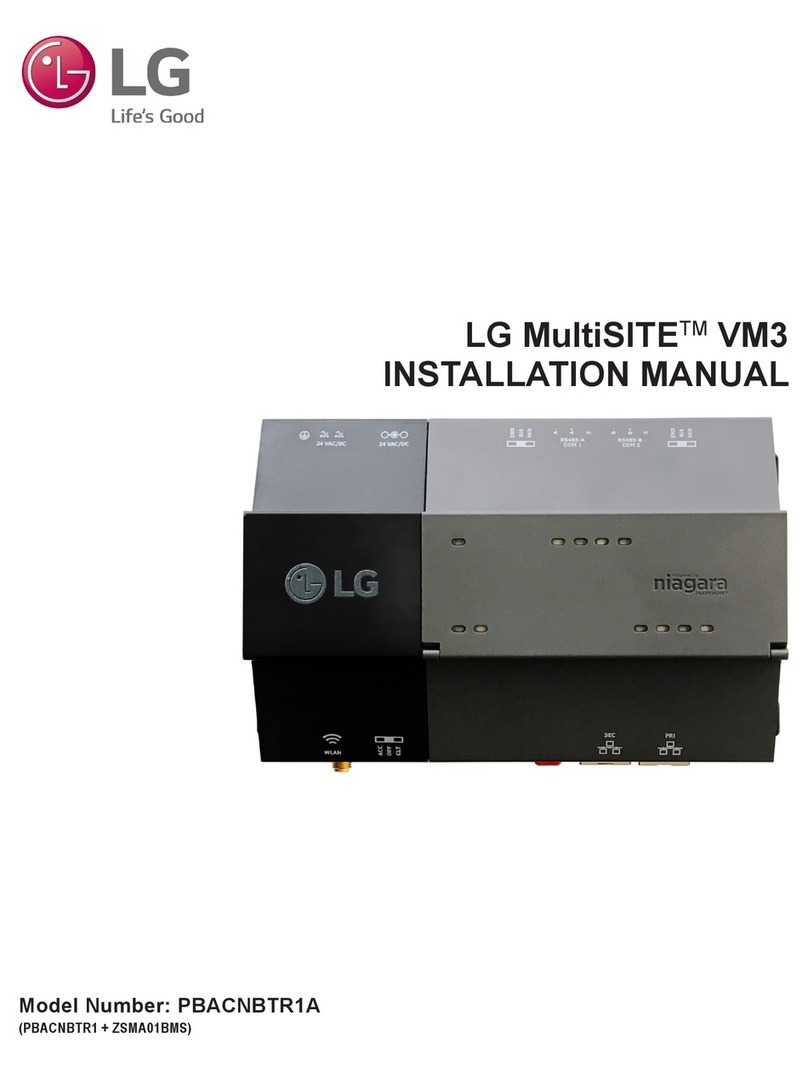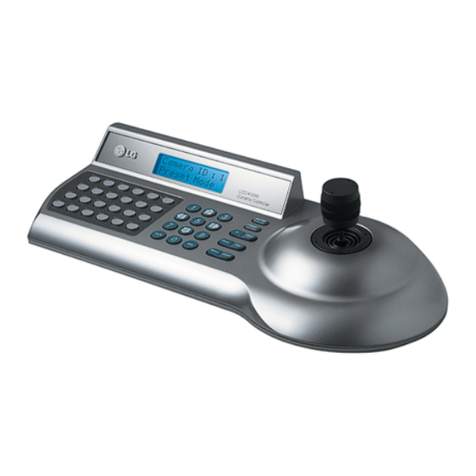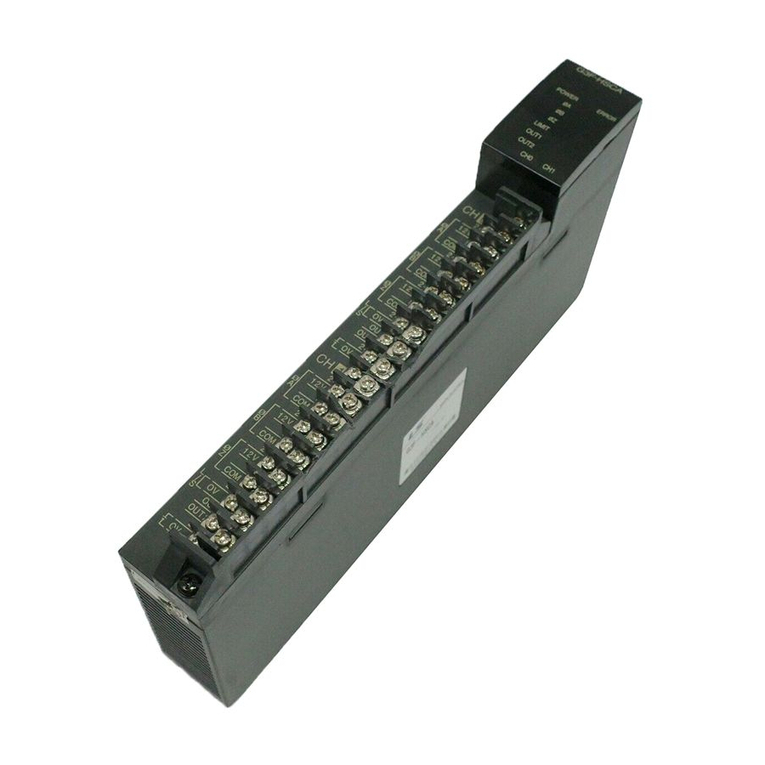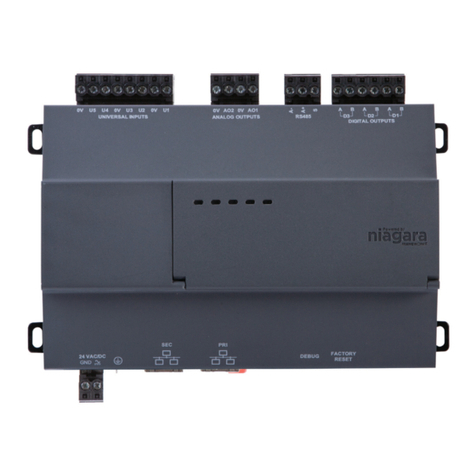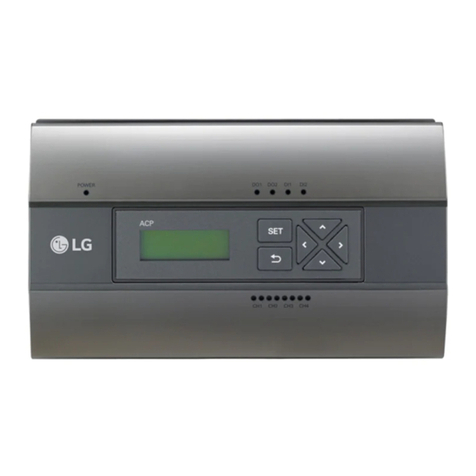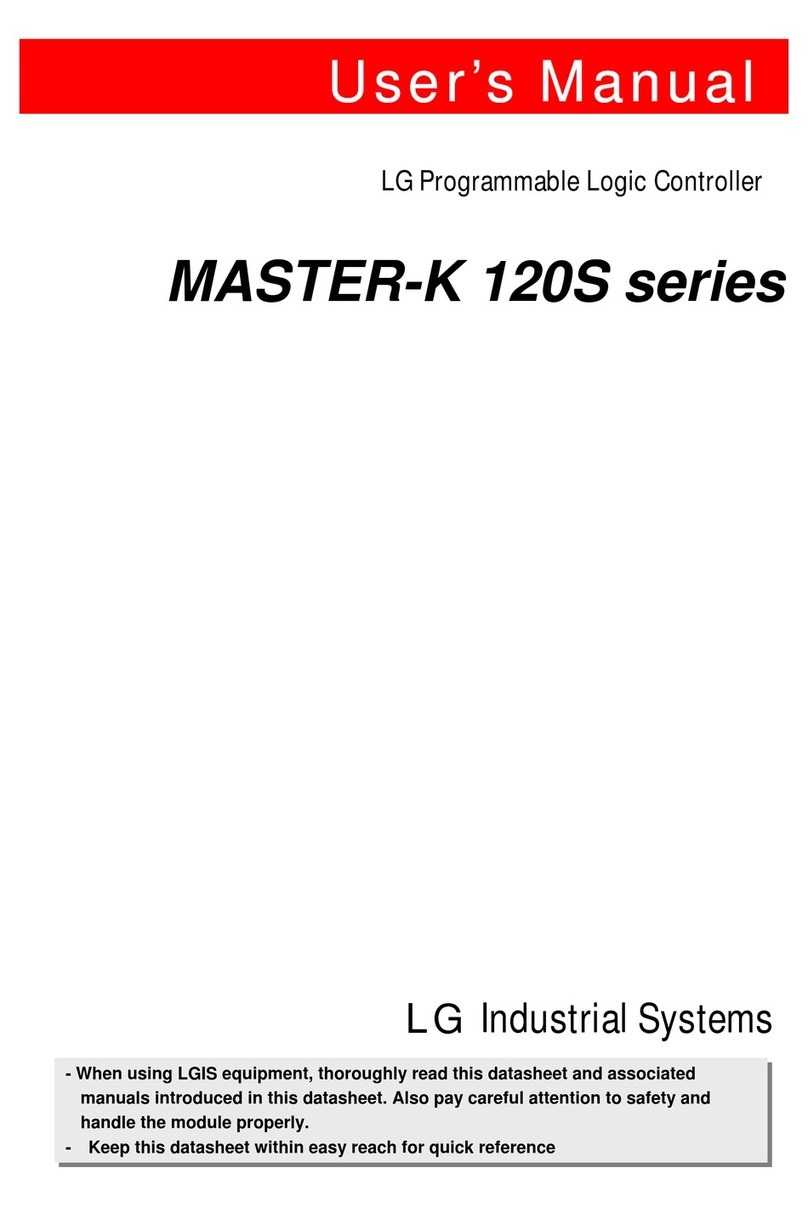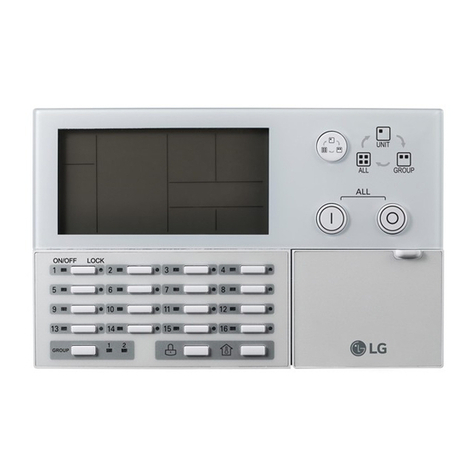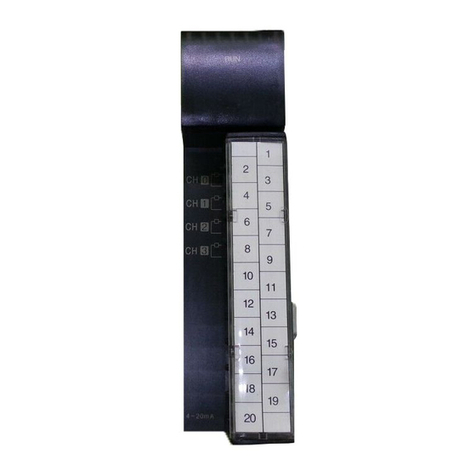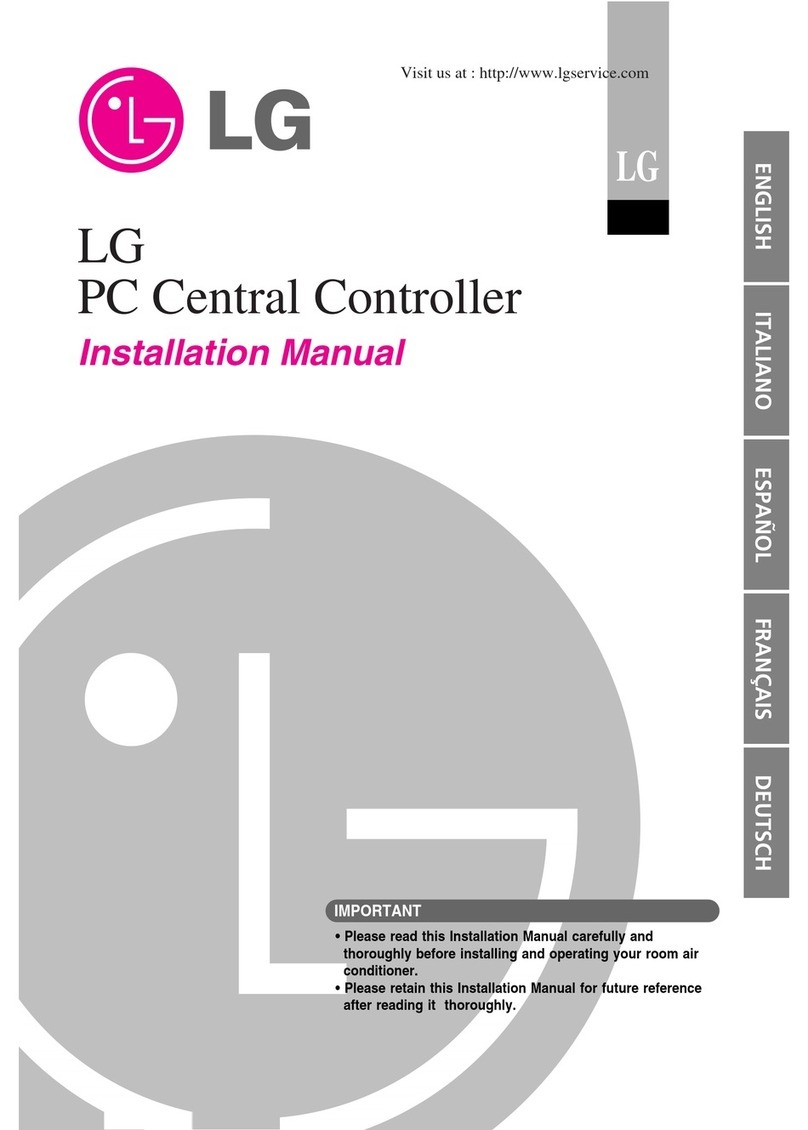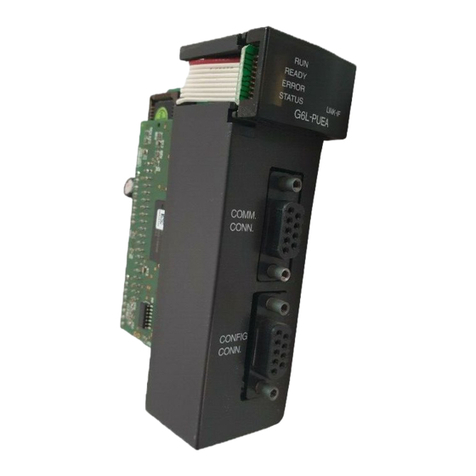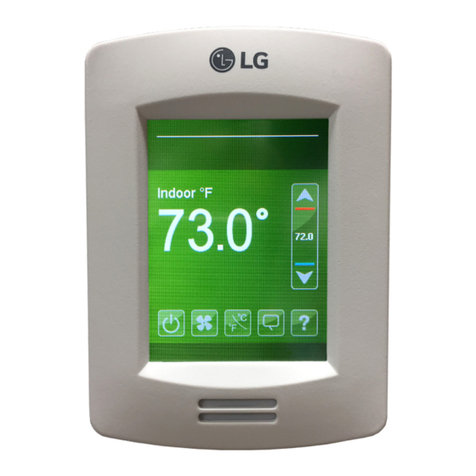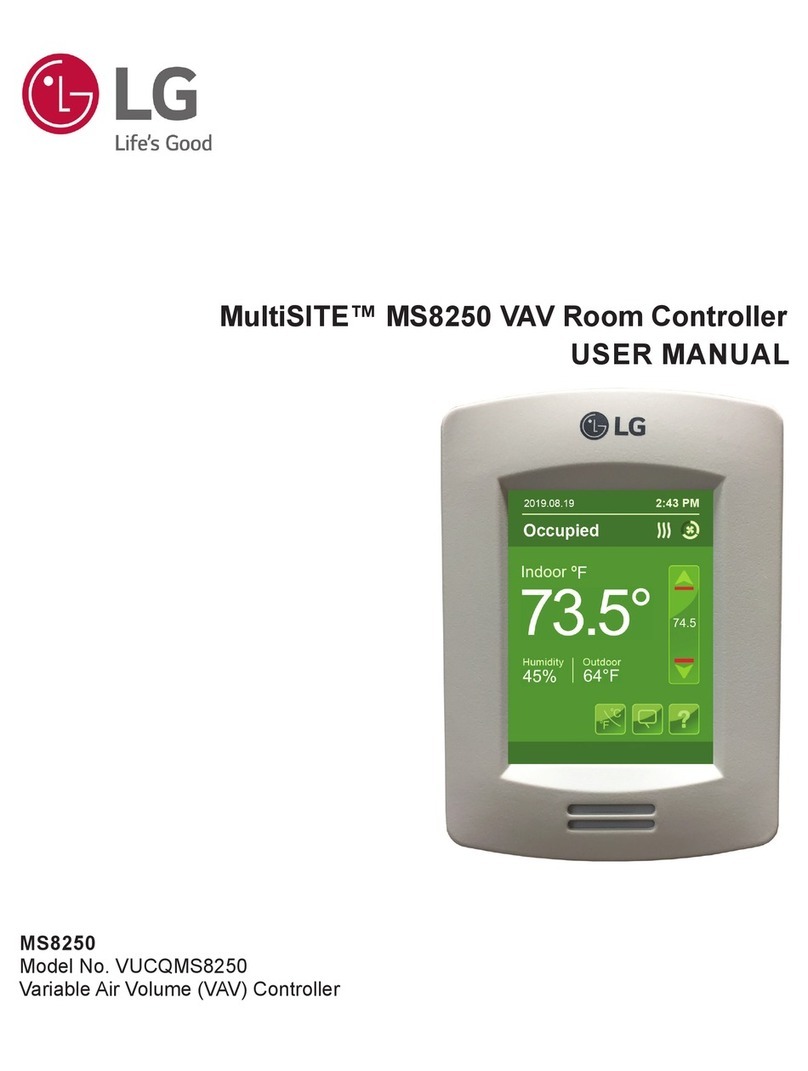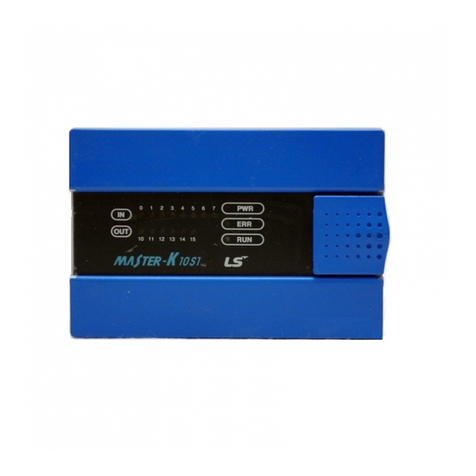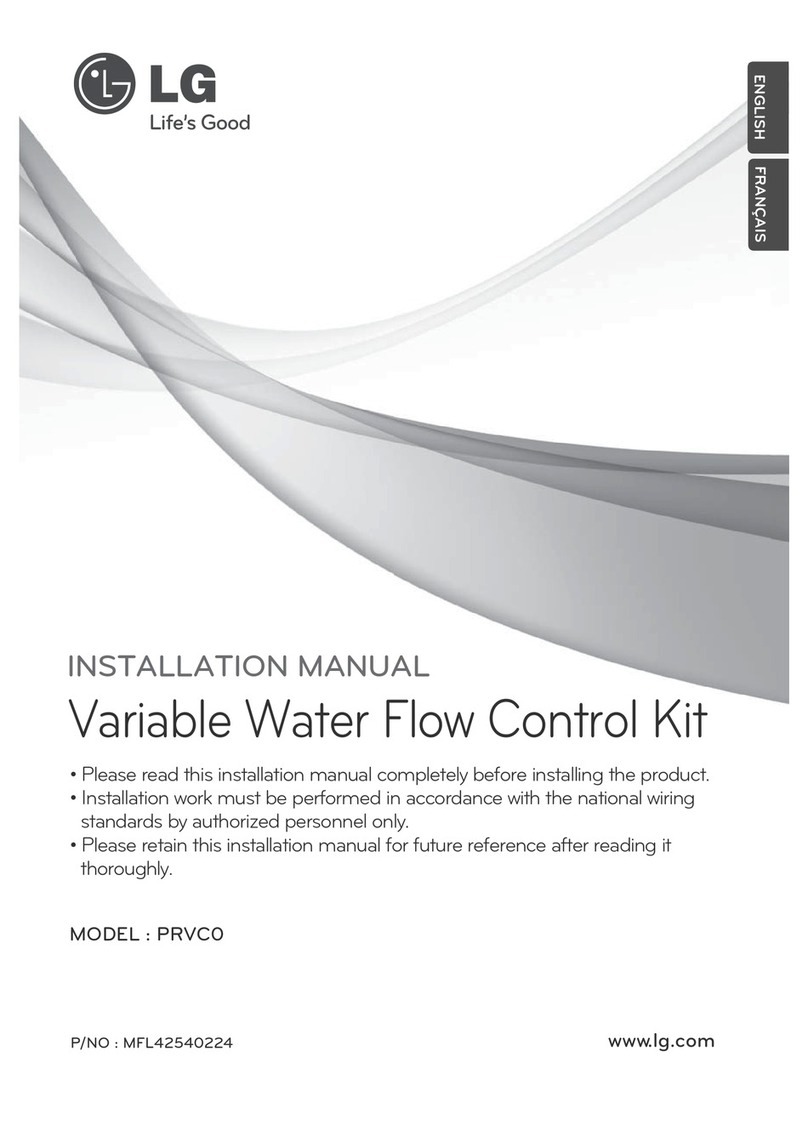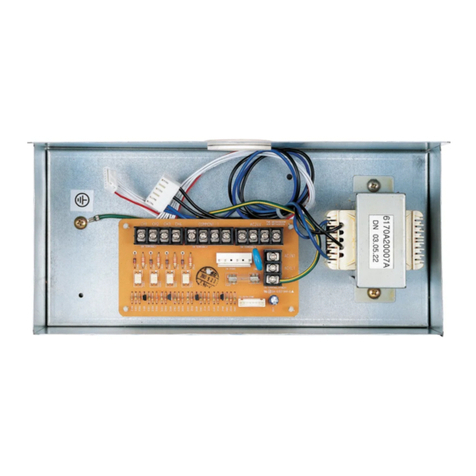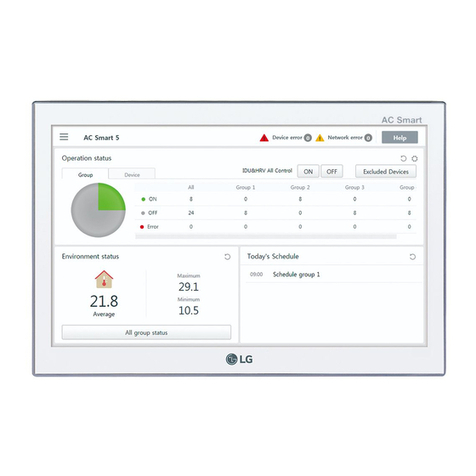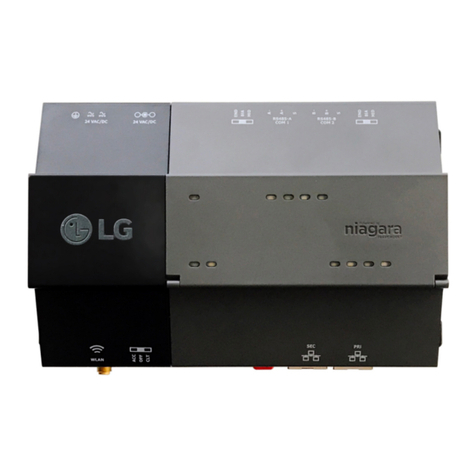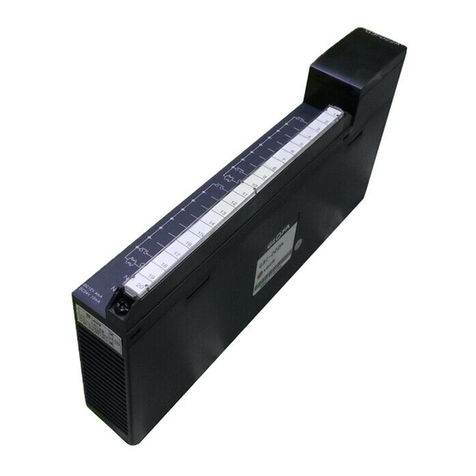
3.2 Wiring ···································································································································································3-2
3.2.1 WiringPrecautions ············································································································································3-2
3.2.2 Wiring Examples ···············································································································································3-2
Chapter4.FUNCTIONBLOCK
4.1 Registration of theFunction Block for the A/DConversion ModuleontheGMWIN ·········4-1
4.2 Function Block for Local································································································································4-2
4.2.1 ModuleInitialization ···········································································································································4-2
4.2.2 Module Reading -Array Type ···························································································································4-4
4.2.3 Module Reading -Single Type····························································································································4-5
4.3 Remote Function Block ································································································································4-6
4.3.1 ModuleInitialization ···········································································································································4-6
4.3.2 Module Reading ··················································································································································4-8
4.4 Errors onFunction Block ··························································································································4-10
Chapter5.GM PROGRAMMING
5.1 Programming for Distinction of A/DConversion Value····································································5-1
5.2 Programming for Display of A/DConversion Value and Error Code on BCD Display...·····5-5
5.3 Programming for Loading the A/DConversion Module onRemoteI/O Station ··················5-8
Chapter6.Buffer Memory
6.1 The configuration of buffer memory·········································································································6-1
6.1.1G6F-AD2A···························································································································································6-1
6.1.2 G3F-AD3A / G4F-AD3A······································································································································6-2
6.2 The contents and description of buffer memory·················································································6-3
6.2.1 G6F-AD2A···························································································································································6-3
6.2.2 G3F-AD3A / G4F-AD3A······································································································································6-8
Chapter7.Buffer read/write instructions
7.1 Buffer read instructions··································································································································7-1
7.1.1 GET/GETP instruction·········································································································································7-1
7.1.2 RGET instruction·················································································································································7-3
7.2 Buffer write instructuins·································································································································7-6
7.2.1 PUT/PUTP instruction·········································································································································7-6
7.2.2 RPUT instruction·················································································································································7-8
